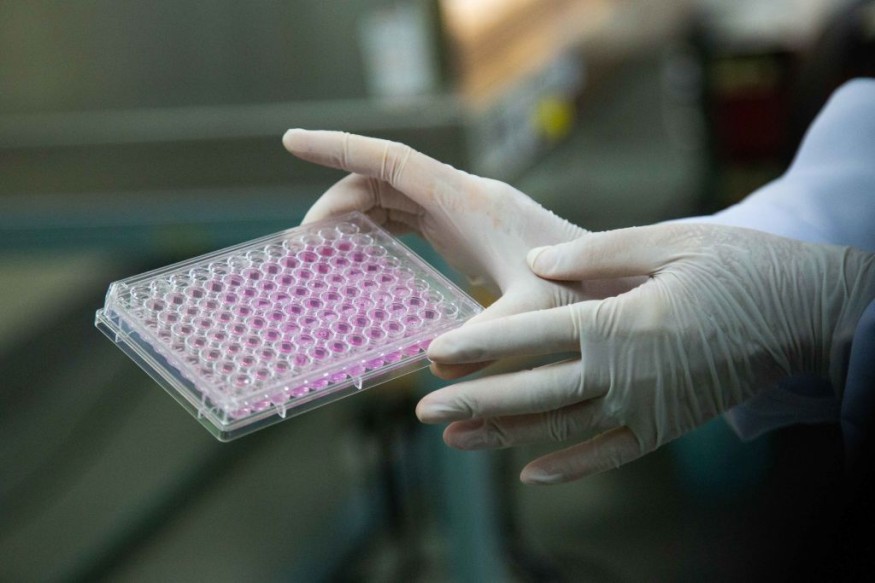Artificial living cells with several biological functions were successfully created from bacteria, according to a new study led by researchers from the United Kingdom, France, and China.
The new research claimed that the creation of the living material from bacteriogenic protocells is possible, which was once a theory in the past.
The researchers considered their discovery as a major step in the field of synthetic biology.
The synthetic cells serve a design and functions similar to natural living cells, including energy generation and gene expression.
While the constructed cells were only able to perform limited functions, the unprecedented discovery can serve as a blueprint for future studies in the field.
In previous years, separate research was able to create simple artificial cells that can grow and divide normally.
Cells provide structure to the body by absorbing nutrients from food and converting it into energy, acting a storage house also for fats.
Cells carry out specific functions inside the body, where act as the building blocks of our blood, tissue, systems, and organs.
In spite of the novel role of these biological components, cells are still susceptible to foreign bodies like pathogens and even cancer mutations.
Artificial Living Cells

The new synthetic biology feat was published in the journal Nature on September 14, where researchers from the University of Bristol in the UK spearheaded the creation of artificial living cells, which even transformed from a sphere shape to a more natural amoeba-like figure over its first 48 hours of life.
The team believed that building something that they think is alive is not a walk in the park.
However, the achievement would not be possible without the help of two bacterial colonies, such as the Escherichia coli and Pseudomonas aeruginosa, wherein their parts were used by the researchers.
Using the living material approach provided the team with an opportunity for bottom-up construction of symbiotic living or synthetic cell constructs, according to lead author and chemist Can Xu, as cited by Science Alert.
What is a Synthetic Cell?
Also called as a minimal cell, a synthetic cell is a byproduct of biological engineering which produces a living material that can mimic one or many functions of a natural biological cell.
Artificial cells consist of polymeric membranes that are being looked at by scientists to be relevant in future treatments or even organ transplants.
In 2010, a collaboration between the J. Craig Venter Institute (JCVI), the Massachusetts Institute of Technology (MIT), and the National Institute of Standards and Technology (NIST) were able to construct the first cell with a synthetic genome.
The project also involved extracting cells from a simple type of bacteria called a mycoplasma.
Identifying genes can serve as an important step toward living synthetic cell engineering.
Eventually, these cells could serve as small factories to produce drugs, foods, and even fuels.
They can also detect disease and function as tiny computers while living inside the body, according to the NIST of the U.S. Department of Commerce.
Related Article : New Microscopy Method Shows Live Cells with 7 Times Better Sensitivity!
© 2025 NatureWorldNews.com All rights reserved. Do not reproduce without permission.





